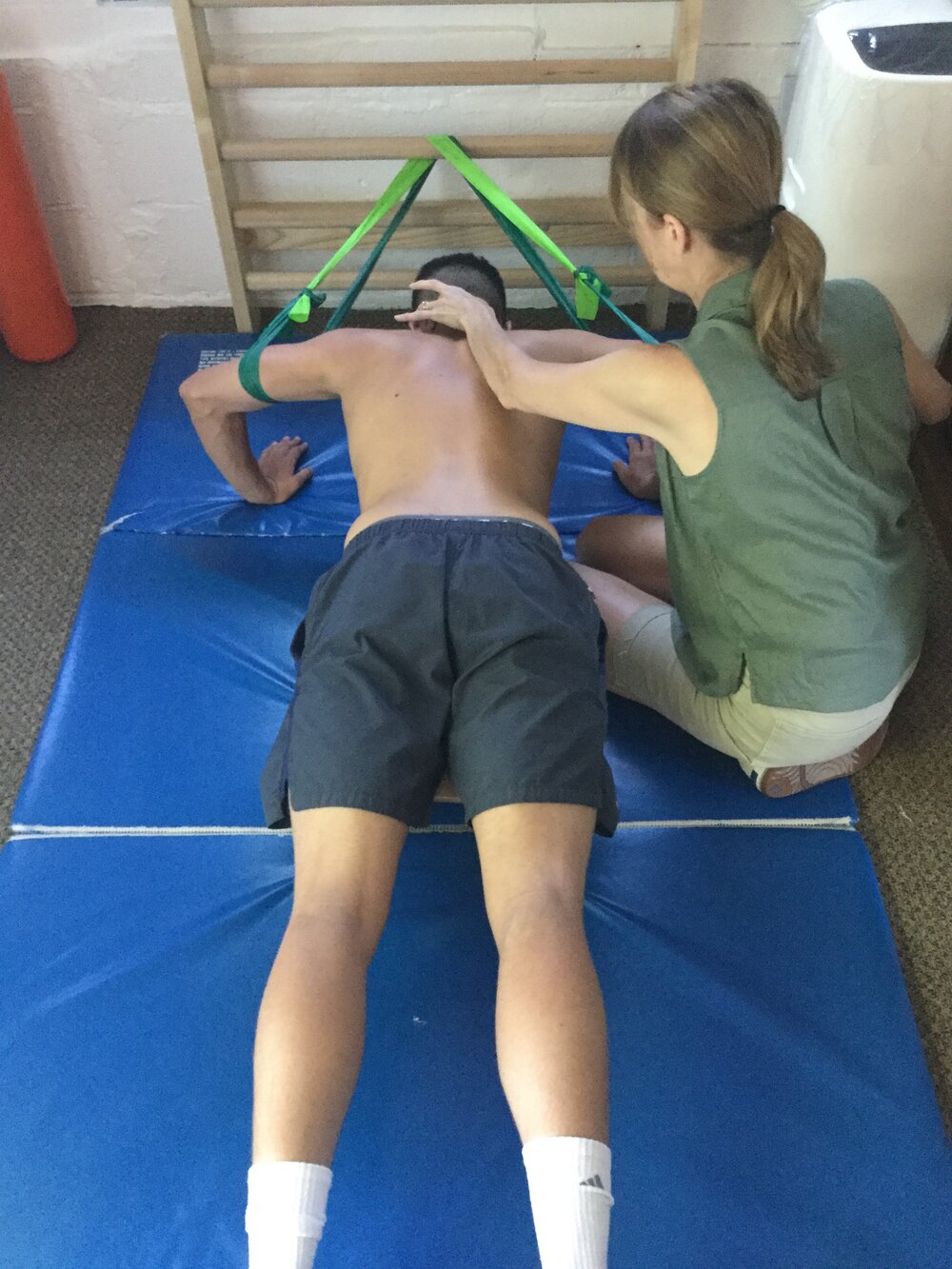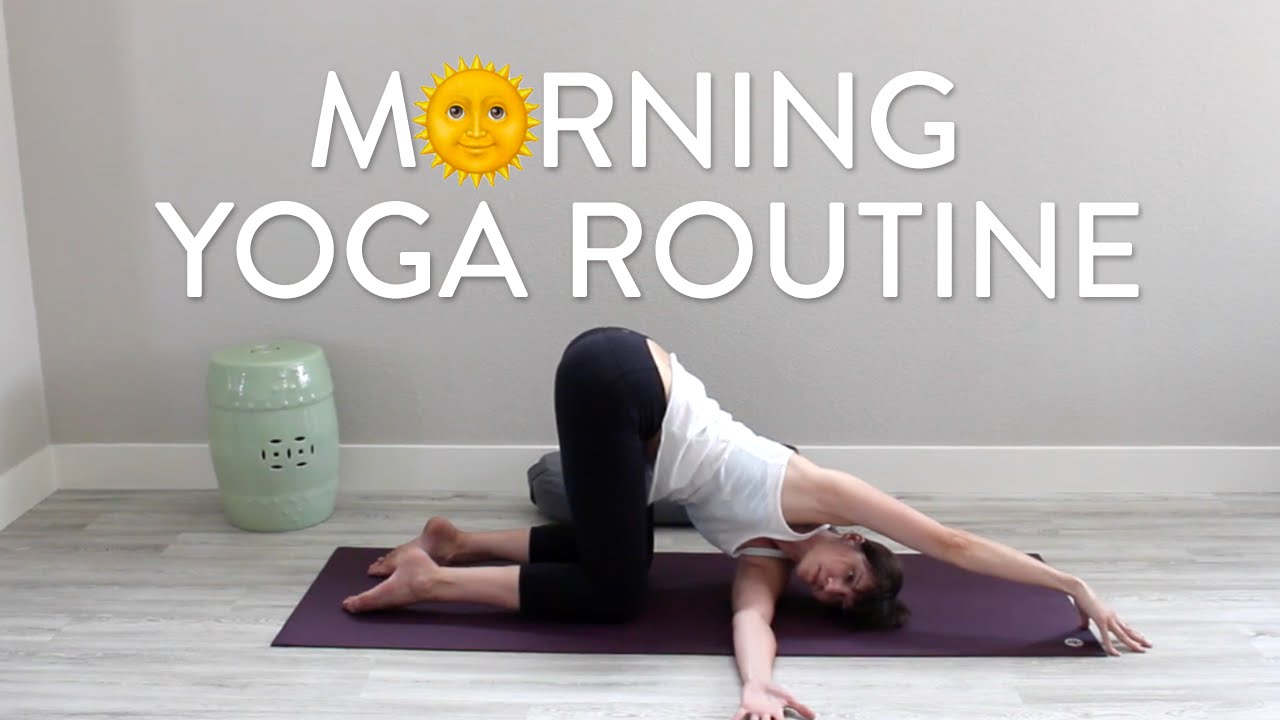
Adho Mukha Svanasana also refers to the Downward Dog. It's a type of inversion pose that is usually performed as part the Surya Namaskar sequence. It is a popular exercise in modern yoga. You can learn how to do this asana. Find out all about the benefits and drawbacks of downward dog. Take the time to consider all of your options, and be sure that you can safely perform this asana.
Adho Mukha Svanasana
Adho Mukha Shvanasana also known by downward dog, is an asana of inversion yoga. This is often done as part of a flowing sequence such as Surya Namaskar. Modern yoga practitioners have adapt this asana to their own practice. Here are some tips to make a perfect, downward dog.
This weight-bearing exercise strengthens your bones. The downward-facing dog position stretches the hamstrings and calves, while gently working the shoulders. The downward-facing dog position is an excellent alternative to standing and walking for most people. This is a good exercise choice for everyone, including advanced yogis. You might be wondering why this is so good for you.

Downward facing dog
The most common yoga asana is Downward Dog Pose. It is performed upside down. This inversion pose, also known as Adho Mukha Shvanasana or Adho Mukha Shvanasana is often practiced with a sequence of poses such as Surya Namaskar. It is also commonly used in modern yoga. What exactly is Downward Dog, you ask? Why is it important?
The Downward-Facing Dog is a basic yoga pose that engages the arms and the shoulders, stretches the calves, and prepares the body for heating. Begin by putting your feet together, then move your hands away from your body. You can also bend your knees. This yoga pose requires that you keep your back straight. It is important to breathe deeply during this pose.
Downward dog asana
The inversion position of Downward Dogasana is part of the Surya Namaskar Sequence. It is often used in modern yoga practice as an exercise. Adho mukha Shvanasana is another name for this pose. Let's look closer at the benefits this pose offers. It's an easy way to release stress and stretch the body.
The Downward Dog Asana is great for stretching the whole body. Start by bending your knees, then extending your legs to the sides and landing on the balls of your feet. Next, press your sit bones towards the wall. Then straighten your legs. Reach through your right heel and lift your right leg up. Then, extend your left arm behind your right leg. Rest your palm on your lower back. This pose can be very restorative and may be held for up five minutes.

Downward facing dog asana
Adho Mukha Shvanasana (or Downward Dog Asana) is an inversion that's often used as part of the Surya Namaskar series. This pose is used as an exercise by many modern practitioners of yoga. There are several reasons that yoga practitioners practice this asana. These are just three of the many reasons that yoga practitioners do this asana.
Dogs that face downward are good for their whole bodies because they stretch the hamstrings, shoulders and calves. It increases strength in the arms. As a mild inversion, Downward-facing Dog is therapeutic for many different conditions including back pain, arthritis, asthma, flat feet, and menopause. Although it has many benefits, it can be difficult to perform at first.
FAQ
How does yoga impact mental health?
Yoga is an ancient practice that originated in India. It was used as a way for people to relax and relieve stress. Yoga is used by many people to cope with anxiety, panic attacks or chronic pain.
Yoga may also improve physical symptoms such as headaches, backaches, arthritis, and high blood pressure. Yoga has been reported to make people happier and more calm.
How will my clothes fit after I practice Yoga?
It is most likely that yes. Most yoga pants have elastic waists, and they stretch when worn. They should be comfortable enough to wear while you work out, but not too restrictive.
Yoga pants may not fit well if your weight has dropped recently. This is why you might opt for shorts or leggings.
Are there many types of yoga?
Bikram Yoga (Bikram Heated) is the most popular form of yoga. Other forms include Hatha, Ashtanga, Vinyasa, Iyengar, Kundalini, Yin, Power Yoga, Flow Yoga, Reiki, Pilates, Restorative, Aerial, etc.
Can women do yoga
Absolutely! Absolutely!
There are many types and styles of yoga available for both men & women.
What kind of yoga do beginners prefer?
Yoga is great for everyone, regardless of age or fitness level. It's an easy and effective way to stay active and healthy. Yoga is a great way to feel healthier, both mentally and physically. They also report feeling calmer and happier after practicing yoga.
Yoga isn't just a form of exercise. It's also a lifestyle that includes stretching and breathing, as well as meditation.
There are many types of yoga. There are many types of yoga. Some focus on strength training while others emphasize relaxation.
The type of yoga that you want depends on your goals. Iyengar yoga can help you increase your flexibility. Or if you want to tone your muscles, go for Ashtanga yoga.
Yoga is good for people with chronic conditions.
Yoga may help with heart disease and chronic conditions like diabetes. It can improve overall fitness, reduce stress and increase flexibility.
Yoga can also help with many other conditions such as arthritis, asthma and depression, fibromyalgia (high blood pressure), insomnia, fibromyalgia.
What foods should I avoid after practicing yoga?
Your energy levels may be affected by avoiding certain foods. You may feel bloated and have stomach cramps. You may feel tired after practicing.
Statistics
- Gentle yoga has been shown to ease some of the discomforts of tender, swollen joints for people with arthritis, according to a Johns Hopkins review of 11 recent studies. (hopkinsmedicine.org)
- Start your Fall off right with 20% off All Access Membership when you sign up by 9/25! (corepoweryoga.com)
- About one in seven U.S. adults practiced yoga in the past 12 months, according to a 2017 national survey. (nccih.nih.gov)
- The people in the yoga group were 37 percent more likely to have quit smoking by the end of the 8-week program. (nccih.nih.gov)
- Lock in 25% off your Founding Member rate. (corepoweryoga.com)
External Links
How To
What is the best position to practice yoga?
There are no wrong or right ways to practice yoga. Every person has their own style. The most important thing is to feel at ease in the positions you choose.
Here are some common poses:
Standing poses - These are great for beginners as they allow you to view your body from many angles. It is also easier to focus on your breathing with these poses.
Forward bends- Forward bends can often be used to release tight areas. They can be used while lying down or sitting.
Backbends-Backbends are generally considered advanced poses. You should consult your instructor before you attempt one.
Inversions - These are poses that require you upside down to balance. This type of yoga can be challenging but rewarding.